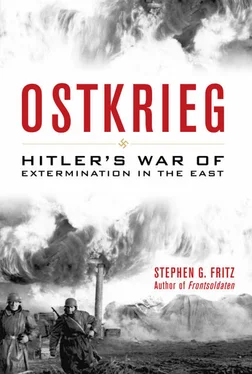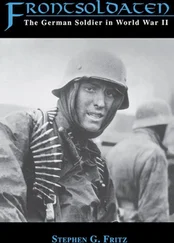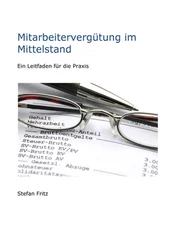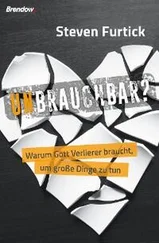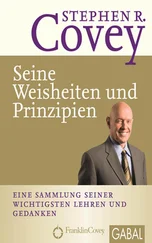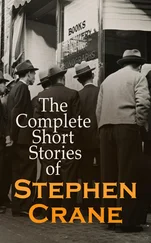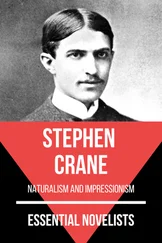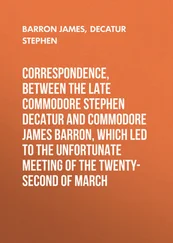———. Stalin’s Drive to the West, 1938–1945: The Origins of the Cold War . Stanford, CA: Stanford University Press, 1995.
———. “Stalin’s Plans for World War Two Told by a High Comintern Source.” Historical Journal 38, no. 4 (1995): 1031–36.
———. “Stalin Plans His Post-War Germany.” Journal of Contemporary History 28, no. 1 (1993): 53–73.
———. “Clearing Up the History of World War II.” Society for Historians of American Foreign Relations Newsletter 23, no. 1 (1991): 27–40.
———. “Stalin’s Plans for World War II.” Journal of Contemporary History 26, no. 2 (1991): 215–27.
Radzinskii, Edvard. Stalin: The First In-Depth Biography Based on Explosive New Documents from Russia’s Secret Archives . New York: Doubleday, 1996.
Rass, Christoph. “The Social Profile of the German Army’s Combat Units, 1939–1945.” In German Wartime Society, 1939–1945: Politicization, Disintegration, and the Struggle for Survival (vol. 9/1 of Germany and the Second World War ), ed. Jörg Echternkamp, trans. Derry Cook-Radmore, 671–770. Oxford: Clarendon, 2008.
———. “Verbrecherische Kriegführung an der Front: Eine Infanteriedivision und Ihre Soldaten.” In Verbrechen der Wehrmacht: Bilanz einer Debatte , ed. Christian Hartmann, Johannes Hürter, and Ulrike Jureit, 80–90. Munich: Beck, 2005.
———. “Menschenmaterial”: Deutsche Soldaten an der Ostfront: Innenansichten einer Infanteriedivision, 1939–1945 . Paderborn: Schöningh, 2003.
Ratley, Lonnie O., III. “A Lesson of History: The Luftwaffe and Barbarossa.” Air University Review 34, no. 3 (1983): 50–65.
Read, Anthony, and David Fisher. The Deadly Embrace: Hitler, Stalin, and the Nazi-Soviet Pact, 1939–1941 . New York: Norton, 1988.
Reese, Willy Peter. A Stranger to Myself: The Inhumanity of War: Russia, 1941–1944 . Edited by Stefan Schmitz. Translated by Michael Hofmann. New York: Farrar Straus Giroux, 2005.
Rein, Leonid. “Local Collaboration in the Execution of the ‘Final Solution’ in Nazi-Occupied Belorussia.” Holocaust and Genocide Studies 20, no. 3 (2006): 381–409.
Reinhardt, Klaus. Moscow—the Turning Point: The Failure of Hitler’s Strategy in the Winter of 1941–42 . Translated by Karl B. Keenan. Oxford: Berg, 1992.
———. Die Wende vor Moskau: Das Scheitern der Strategie Hitlers im Winter 1941/42 . Stuttgart: Deutsche Verlags-Anstalt, 1972.
Reynolds, David. “The Origins of the Two ‘World Wars’: Historical Discourse and International Politics.” Journal of Contemporary History 38, no. 1 (2003): 29–44.
———. “1940: Fulcrum of the Twentieth Century.” International Affairs 66, no. 2 (1990): 325–50.
Richardson, Horst Fuchs, ed. Sieg Heil! War Letters of Tank Gunner Karl Fuchs, 1937–1941 . Hamden, CT: Archon, 1987.
Richter, Timm C. Krieg und Verbrechen: Situation und Intention: Fallbeispiele . Munich: Meidenbauer, 2006.
———. “Die Wehrmacht und der Partisanenkrieg in den besetzten Gebieten der Sowjetunion.” In Die Wehrmacht: Mythos und Realität , ed. Rolf-Dieter Müller and Hans-Erich Volkmann, 837–57. Munich: Oldenbourg, 1999.
Ritchie, David James. “Russo-German War Plans, 1941: The Genesis of Barbarossa.” Strategy and Tactics , no. 108 (1986): 42–56.
Roberts, Geoffrey. Victory at Stalingrad: The Battle That Changed History . Harlow: Longman, 2002.
Rohland, Walter. Bewegte Zeiten: Erinnerungen eines Eisenhüttenmannes . Stuttgart: Seewald, 1978.
Röhr, Werner. Europa unterm Hakenkreuz: Die Okkupationspolitik des deutschen Faschismus . Vol. 8, Analysen, Quellen, Register . Berlin: Hüthig, 1996.
Roseman, Mark. The Villa, the Lake, the Meeting: Wannsee and the Final Solution . London: Allen Lane/Penguin, 2002.
———. “Review Article: Recent Writing on the Holocaust.” Journal of Contemporary History 36, no. 2 (2001): 361–72.
Rossino, Alexander B. Hitler Strikes Poland: Blitzkrieg, Ideology, and Atrocity . Lawrence: University Press of Kansas, 2003.
———. “Polish ‘Neighbours’ and German Invaders: Anti-Jewish Violence in the Bialystok District during the Opening Weeks of Operation Barbarossa.” Polin: Studies in Polish Jewry 16 (2003): 431–52.
———. “Destructive Impulses: German Soldiers and the Conquest of Poland.” Holocaust and Genocide Studies 7, no. 3 (1997): 351–65.
Rössler, Mechtild, and Sabine Schleiermacher, eds. Der “Generalplan Ost”: Hauptliniender nationalsozialistischen Planungs- und Vernichtungspolitik . Berlin: Akademie, 1993.
Roth, Karl Heinz. “ ‘Generalplan Ost’—‘Gesamtplan Ost’: Forschungsstand, Quellenprobleme, Neue Ergebnisse.” In Der “Generalplan Ost”: Hauptlinien der nationalsozialistischen Planungs-und Vernichtungspolitik , ed. Mechthild Rössler and Sabine Schleiermacher, 25–45. Berlin: Akademie, 1993.
Rotundo, Louis. Battle for Stalingrad: The 1943 Soviet General Staff Study . Elmsford, NY: Pergamon/Brassey’s International Defense, 1989.
———. “Stalin and the Outbreak of War in 1941.” Journal of Contemporary History 24, no. 2 (1989): 277–99.
———. “The Road to Stalingrad Revisited.” RUSI Journal (Royal United Services Institute for Defence Studies) 132, no. 2 (1987): 57–65.
———. “War Plans and the 1941 Kremlin Wargames.” Journal of Strategic Studies 10, no. 1 (1987): 84–97.
———. “The Creation of Soviet Reserves and the 1941 Campaign.” Military Affairs 50, no. 1 (1986): 21–28.
Rüß, Hartmut. “Wer war verantwortlich für das Massaker von Babij Jar?” Militärgeschichtliche Mitteilungen 57, no. 2 (1998): 483–508.
Rutherford, Jeff. “Life and Death in the Demiansk Pocket: The 123rd Infantry Division in Combat and Occupation.” Central European History 41, no. 3 (2008): 347–80.
Rutherford, Phillip. Prelude to the Final Solution: The Nazi Program for Deporting Ethnic Poles, 1939–1941 . Lawrence: University Press of Kansas, 2007.
Rzheshevski, O. A., and David M. Glantz. “The Race for Berlin.” Journal of Slavic Military Studies 8, no. 3 (1995): 566–79.
Salewski, Michael. “Die Abwehr der Invasion als Schlüssel zum ‘Endsieg?’” In Die Wehrmacht: Mythos und Realität , ed. Rolf-Dieter Müller and Hans-Erich Volkmann, 210–23. Munich: Oldenbourg, 1999.
Sanden, Erika. Das Kriegsgefangenenlager Langwasser als Forschungsobjekt . Nuremberg: Pädagogisches Institut, 1986.
Sandkühler, Thomas. “Anti-Jewish Policy and the Murder of the Jews in the District of Galicia.” In National Socialist Extermination Policies: Contemporary German Perspectives and Controversies , ed. Ulrich Herbert, 104–27. New York: Berghahn, 2000.
———. “Endlösung” in Galizien: Der Judenmord in Ostpolen und die Rettungsinitiativen von Berthold Beitz, 1941–1944 . Bonn: J. H. W. Dietz, 1996.
Sauer, Bernhard. “Freikorps und Antisemitismus in der Frühzeit der Weimarer Republik.” Zeitschrift für Geschichtswissenschaft 56, no. 1 (2008): 5–29.
———. “Vom ‘Mythos eines ewigen Soldatentums’: Der Feldzug deutscher Freikorps im Baltikum im Jahre 1919.” Zeitschrift für Geschichtswissenschaft 43, no. 10 (1995): 869–902.
Sauer, Erich, ed. Stalingrad—Feldpost, 1942–43 . Fuldatal: A. Knauf, 1988.
Scheel, Klaus. “Flugblätter der Roten Armee zur Berliner Operation 1945 (mit Dokumenten).” Jahrbuch für Geschichte 35 (1987): 389–425.
Читать дальше
